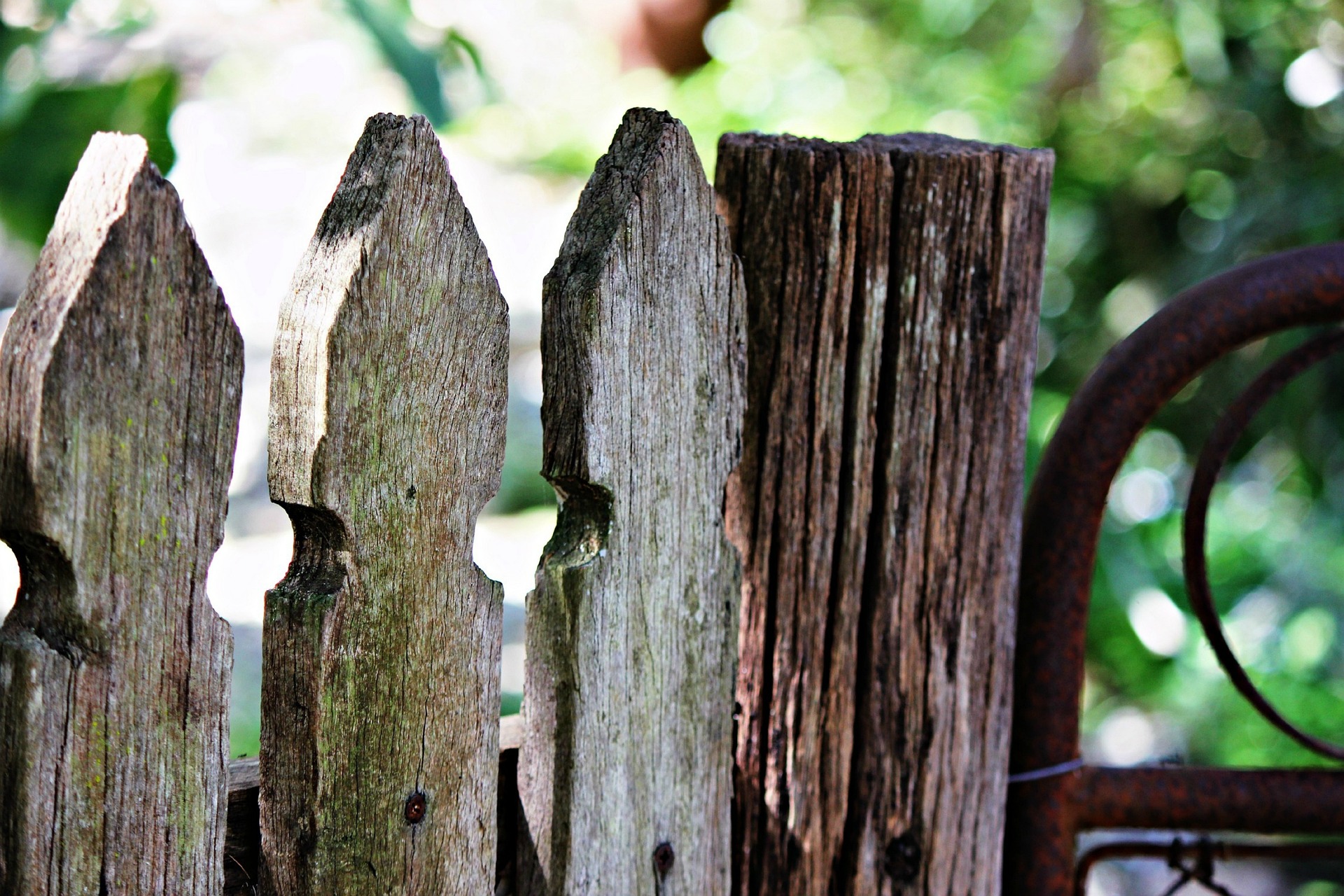Best Fence Ideas For Vegetable Gardens 2024
Introduction
A fence is a barrier that protects plants from pests and animals. It also serves to define the vegetable garden area. By carefully installing a vegetable garden fence ideas, you can protect your plants and ensure a successful gardening experience.
Materials for Fencing
A multitude of materials can be used to construct fences. Common materials include composite, concrete, wood, metal, vinyl, and chain link.
Importance of a Fence
Fences provide many benefits and serve several important functions:
- Security: Fences deter intruders and protect your vegetable garden from theft or vandalism.
- Privacy: Fences block the view of your garden, giving homeowners a sense of seclusion.
- Safety: Fences keep pets and children within a designated area, reducing the risk of wandering off or encountering dangerous situations.
- Property Boundaries: Fences clearly mark the boundaries of your garden, helping to prevent disputes with neighbors.
- Aesthetic Value: Fences can enhance the overall design and landscaping of your garden.
- Animal Control: Fences help manage livestock or wildlife, keeping them in or out of certain areas.
Vegetable Garden Fence Ideas
Here are some ideas for designing a fence for your vegetable garden:
Wooden Fences
Wooden fences offer versatility and a natural look. Consider the following options:
- Picket Fences: These classic and decorative fences are typically shorter and customizable in height and spacing, making them ideal for vegetable gardens.
- Panel Fences: Available in vertical or horizontal styles, pre-made panels provide a solid barrier.
- Lattice Fences: Used as standalone fences or decorative toppers, lattice fences also support climbing plants and add an elegant touch to your garden.
- Board-on-Board Fences: These fences offer complete privacy and a sturdy barrier while keeping out larger animals.
- Split Rail Fences: Ideal for defining garden space with a rustic look, though they offer less security.
- Wooden Stakes with Wire: Cost-effective and adjustable, this method helps keep out smaller pests.
Maintenance: Use treated wood or sealant to extend the life of wooden fences. Consider a typical height of 3–4 feet for most vegetable gardens.
Metal Fences
Metal fences are durable and provide a clean, modern look. Here are some types and considerations:
- Chain Link Fences: Cost-effective, easy to install, and effective at keeping out small animals.
- Wrought Iron Fences: Decorative and robust, offering both security and elegance.
- Steel Fences: Strong and resistant to corrosion, available in various styles, including panels.
- Aluminum Fences: Lightweight, low-maintenance, and rust-resistant, available in various styles.
- Metal Mesh Fences: Provide a barrier against pests while allowing light and air through.
- Decorative Metal Fences: Artistic elements, such as scrollwork or ornamental tops, add an aesthetic touch.
Maintenance: Regular cleaning and occasional repainting or treatment will help extend the life of metal fences.
Wire Fencing
Wire fencing is practical and versatile for vegetable gardens. Consider the following:
- Chicken Wire: Flexible and easy to shape around garden beds, keeping out small pests.
- Hardware Cloth: Features smaller mesh openings, effective against a wider range of pests.
- Welded Wire: Effective at keeping out both small and large animals, available in various heights and gauges.
- Barbed Wire: Deters larger animals when properly installed.
- Electric Fencing: Effective for larger animals like deer, though it requires a power source.
- Trellis Wire: Used to support climbing plants, typically combined with wooden or metal posts.
Installation Tips: Ensure the wire is securely attached to sturdy posts and tall enough to prevent animals from jumping over.
Maintenance: Regularly check for damage or rust and make necessary repairs.
Composite Fencing
Composite fencing, made from recycled materials, is durable and low-maintenance. It is available in various colors and styles, often mimicking traditional wood.
Trellis Fencing
Trellis fencing adds a decorative touch while supporting climbing plants. It can be made from wood, metal, or composite materials, enhancing your garden’s appearance by allowing vines or flowers to grow through the structure.
Hedge Fencing
Planting hedges around your garden creates a natural fence that provides privacy and aesthetic appeal. Evergreen shrubs like boxwood, holly, and privet are popular choices. Hedge fences also act as windbreaks and sound barriers.
Living Fences
Living fences, made from plants like bamboo or espaliered fruit trees, add greenery and offer additional benefits such as fruit or shade. These fences support wildlife, reduce soil erosion, and require pruning to maintain form.
Removable Fences
Removable fences can be easily taken down or moved, providing flexibility for rotating crops or expanding your garden.
Conclusion
Fencing is essential for a vegetable garden to protect plants, control pests, provide security, and ensure privacy. Choose the best fence for your garden’s needs before planting your vegetables.

